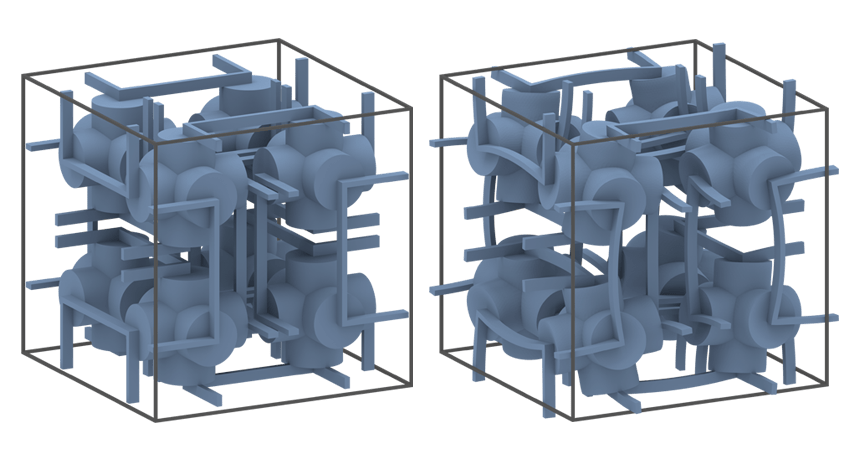This material does weird things under pressure
Microcube is designed so that pressure makes it expand instead of compress

SQUEEZE PLAY This weird new metamaterial achieves the counterintuitive feat of expanding when squeezed.
J. Qu, Muamer Kadic and Martin Wegener